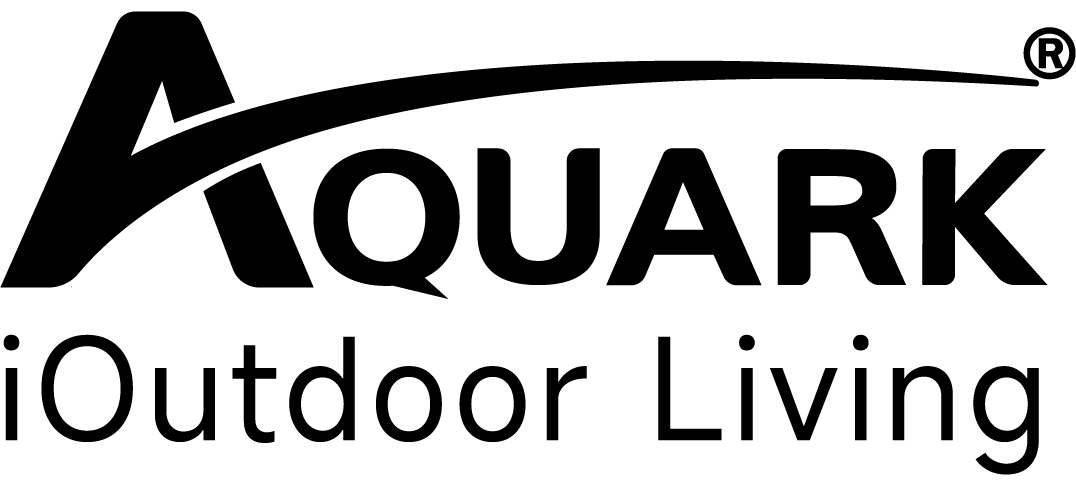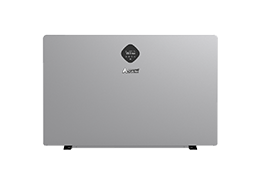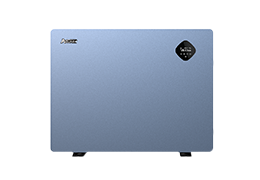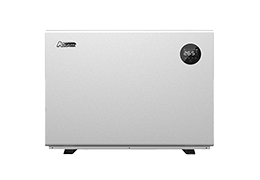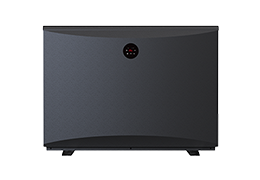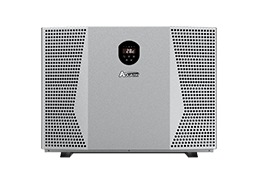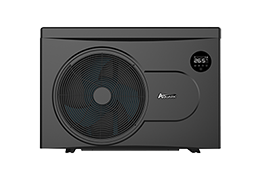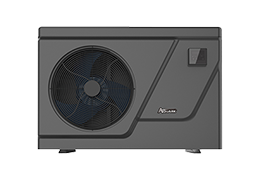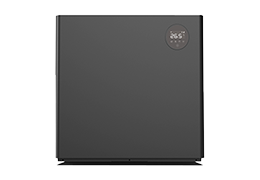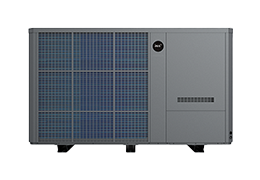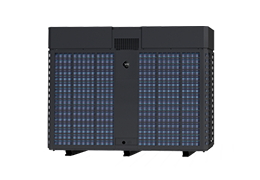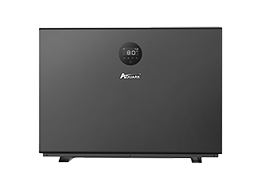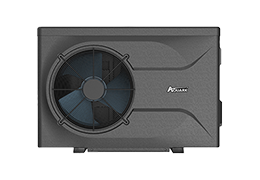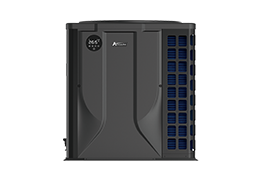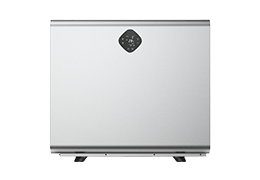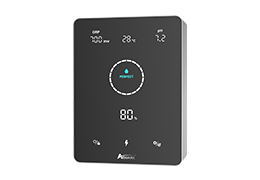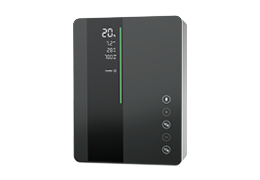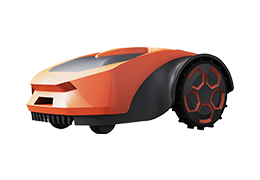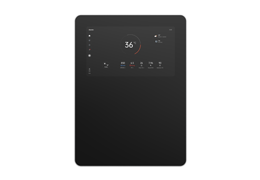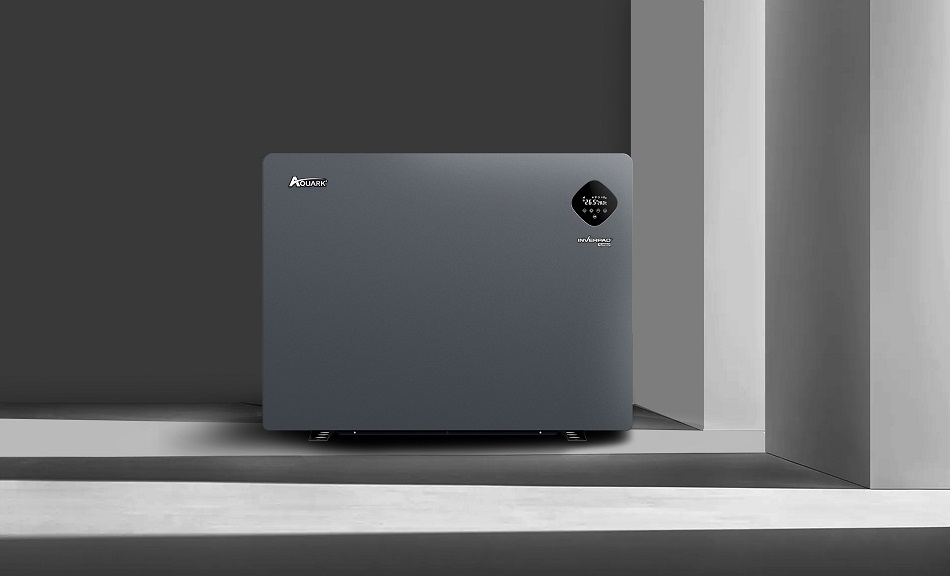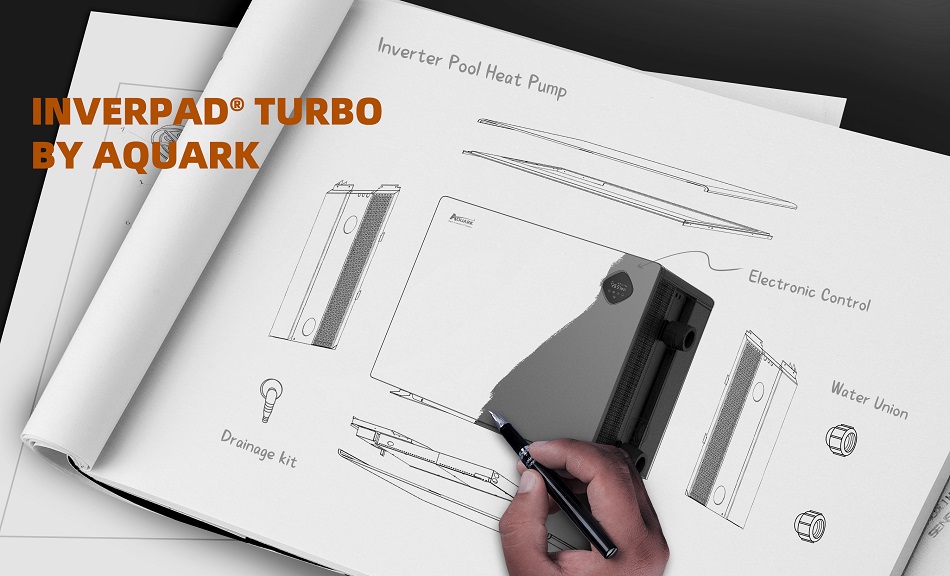Inverter pool heat pumps are known for more energy-saving and less maintenance, but functional fault also occurs occasionally. Yet no disappointment or worry should show up because we are here offering tips to tackle the problems, helping you get back to enjoying warm pool as quickly as possible.
Before your DIY repair, check which condition matches your pool or your pool heat pump.
1. Pool Heat Pump Won’t Turn On or Run
The most probable reason is that you have faulty wiring or a poor connection. Make sure the unit is plugged in correctly and appropriately, and the circuit breaker is not tripped. And before restarting, switch off the pool heat pump and back on to ensure safety.
Besides, clear all the obstructions. The evaporator coil area can easily get twigs and leaves stuck in its grates, so check it out regularly to keep your pool heat pump “breath” smoothly. Make sure all valves are completely open and in the correct position and check whether the filter and pump baskets are clogged by dirt or debris.
2. Pool Heat pump Is Running but not Heating Pool
In terms of heating malfunction, there might be several reasons.
- First of all, a constant and sufficient flow of water is lacking. Pool heat pumps require a certain amount of water flowing through, without which the pool heat pump cannot operate properly to transfer heat to warm the swimming pool. To ensure enough water flow, make sure the valves are completely open and that your filter is clean.
- Second, the ambient air temperature is too low. Some of the pool heat pumps will fail to work at a temperature below -5℃ and are even frozen due to high air humidity.
But Aquark’s InverPad® Turbo Technology can spare you all these headaches. Apart from automatic defrosting by cycle reversal, which keeps the pool heat pump free of ice, the newest inverter pool heat pump Mr. Perfect can withstand -15℃ harsh conditions. You can have full trust and confidence in products with InverPad® Turbo Tech even in freezing winter, and it is Aquark’s excellent cold-resistance ability that makes a four-season swimming pool possible.
- Third, the thermostat might be set at a temperature lower than the actual water temperature. The pool heat pump won’t work until it’s required to bring the heat up to the set temperature.
But the measurement of pool water is often a hassle and time-consuming, so Aquark’s advanced inverter controller also offers assistance here. With this, you can monitor both the set and pool temperature, and the current output power.
3. Pool Heat Pump Leaking
If you notice water leaking from your pool heat pump, it’s either water created as condensation during the heating process, which is completely normal, or it could also be water leaking from a connection within the pump that should call for a professional as soon as possible.
One simple way to distinguish the two situations is to turn off the pool heat pump while leaving the filtration system running. If the puddle of water evaporates, the worry can be swept off. But if the puddle remains, there may be a leak. Use a pool test strip to see whether chlorine sanitizer exists, which can tell you whether a pool service technician is needed.
Above are some common problems you may encounter in pool heat pump use. If you still find it difficult to solve or can’t figure out the reason for the malfunction, our experts are happy to help you and give you any assistance. Contact us if you want more information!
